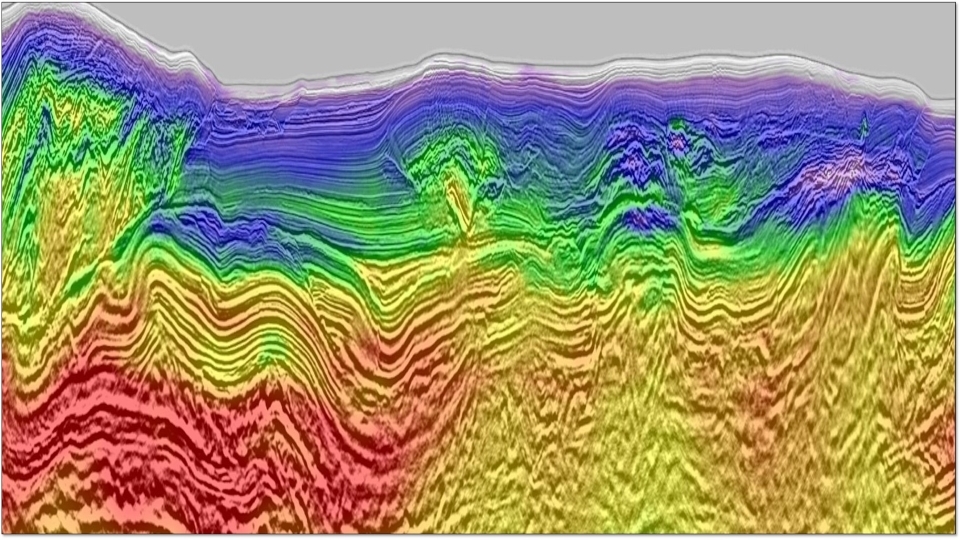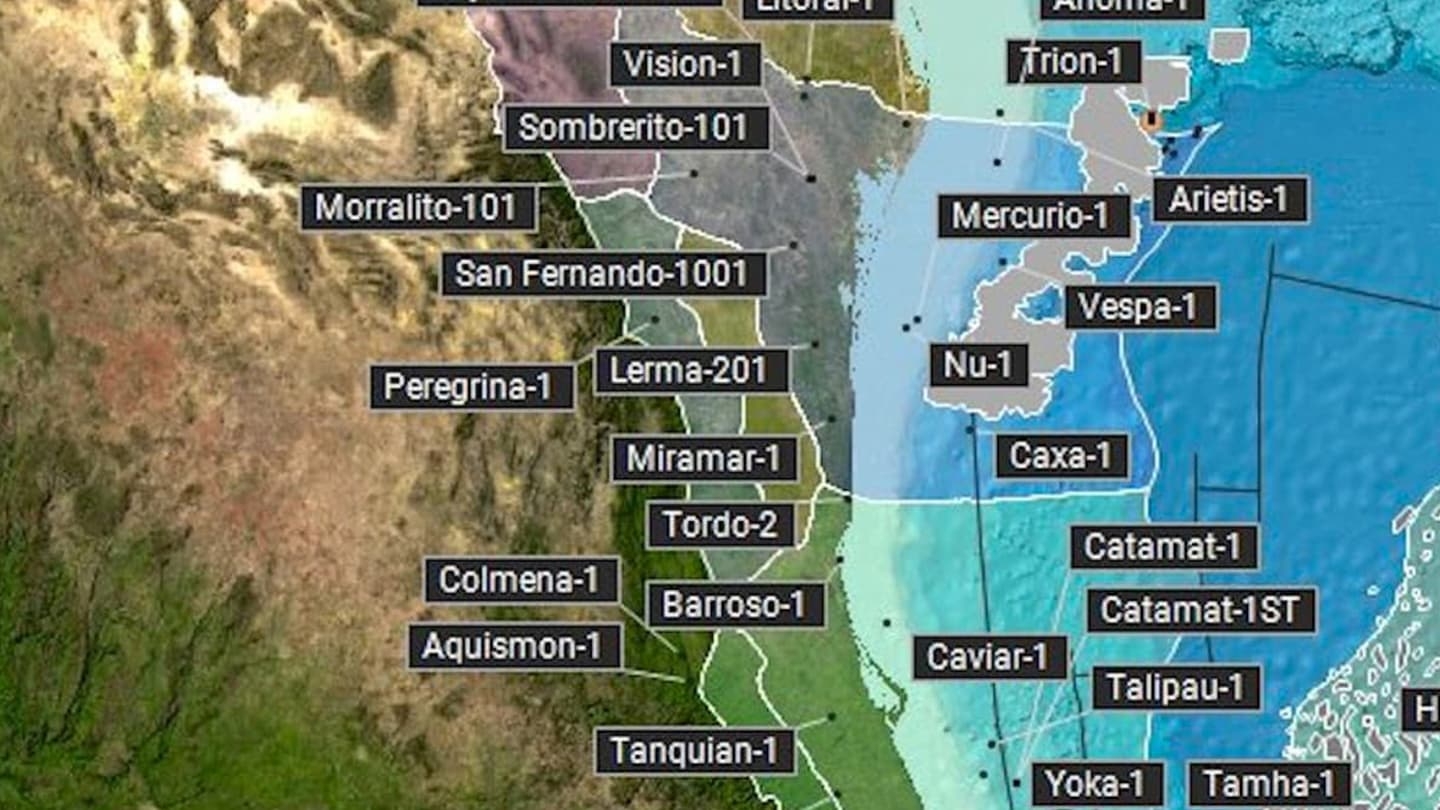Technical Abstract
Converted wave RTM using lowrank wavefield extrapolation
Back to Technical ContentAlthough wavefield extrapolation techniques are well developed for P-wave seismic imaging, ray based migration algorithms are still the workhorse for converted-wave (PS-wave) depth imaging. Full (exact) elastic-wave reverse-time anisotropic migration (RTM) has not been widely adopted for reasons of computational and workflow efficiency, despite its potential to deliver accurate sub-surface images in complex geological settings by directly solving the elastic wave equation. Even (approximate) converted-wave RTM in anisotropic media, using separate finite-difference propagators for quasi-P and quasi-S waves, is limited in applicability for algorithmic reasons. Here, we introduce an alternative converted-wave anisotropic RTM, using a low-rank decomposition of mixed-domain space-wavenumber propagators for quasi-P and quasi-S waves. These operators are formal integral solutions of the pure-mode wave equations which guarantee stable and dispersion-free time extrapolation for coarse time steps in anisotropic, heterogeneous media. The pure-mode extrapolators are attractive for both PS-wave structural imaging and velocity analysis. An ocean bottom cable synthetic example illustrates the effectiveness of low-rank PS-wave RTM when compared against state-of-the-art Gaussian beam and finite difference RTM algorithms.
Download Resource 
Publications
EAGE - European Association of Geoscientists and EngineersAuthors
Lorenzo Casasanta, Zhiguang Xue, Sam Gray





